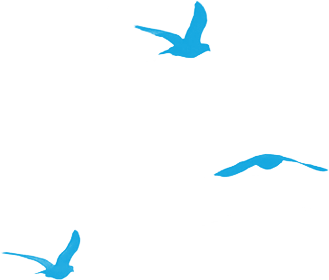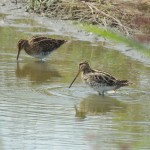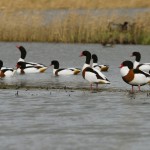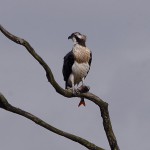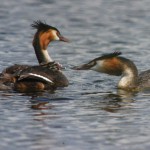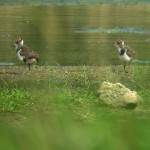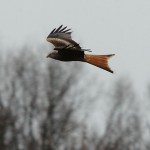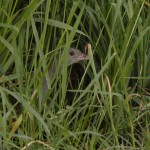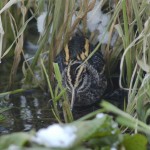
Infiltration fields
The half of the purified waste water is fed into the infiltration fields. Via a 9-kilometer-long network of pressure pipes, the purified water is channelled to the 25 delivery points on the infiltration fields. Via open distribution facilities, gullies and blanking discs, a selective distribution of the waste water on the infiltration areas is possible.
There are two different ways to feed the purified water through the infiltration fields:
With the traditional method, the water soaks into the upper ground layers and arrives via drainages in drainage trenches. This transit through the ground utilises the secondary purification through plants and micro-organisms present in the ground. The drainage trenches lead to the Aue-Oker canal and the now optimally-purified waste water is fed into the River Oker or utilised for agricultural purposes.
In order to adapt the traditional absorption operations to modern treatment plant processes and thereby preserve their effectiveness, a number of future-oriented transformation measures have been carried out in recent years. In 1991, the “meander system” was introduced as a new purification process in the absorption operation. In this system, the purified water is forwarded in a horizontal passage through a river-like process so that, over a flow length of several kilometres, the biological secondary purification is carried out.
In 1997, the storage system “flood channel“ was constructed, which ensures that, even following several days of heavy rain, the storage capacity of the absorption operations is large enough to cope with the entire quantity of water and that no mixed-water contingents need to be fed directly into the Oker.
A refuge for rare birds
Through the continuous watering of the infiltration areas and securing of the soil wetness of selected areas, even in times of low water availability, valuable biotopes have been created and, in regard to the Oker meadows, biotope structures have arisen which are extremely worthy of protection.
Man has created a place where numerous and also rare migrating birds can rest, breed and spend the winter. In co-operation with the Nature and Biodiversity Conservation Union (NABU), action is taken in accordance with nature protection. 302 different species of bird find shelter here, including numerous species found on the EU Red List of internationally particularly-protected species such as red kites, lapwings and corncrakes. The Braunschweig infiltration fields are the southernmost breeding ground for shelducks in Lower Saxony. Jack snipes and common snipes spend their winters here, making the absorption fields the object of numerous research projects.
- Common snipes
- Shelducks
- Osprey
- Greater crested grebes
- Lapwings
- Red kite
- Corncrake
- Jack snipe
